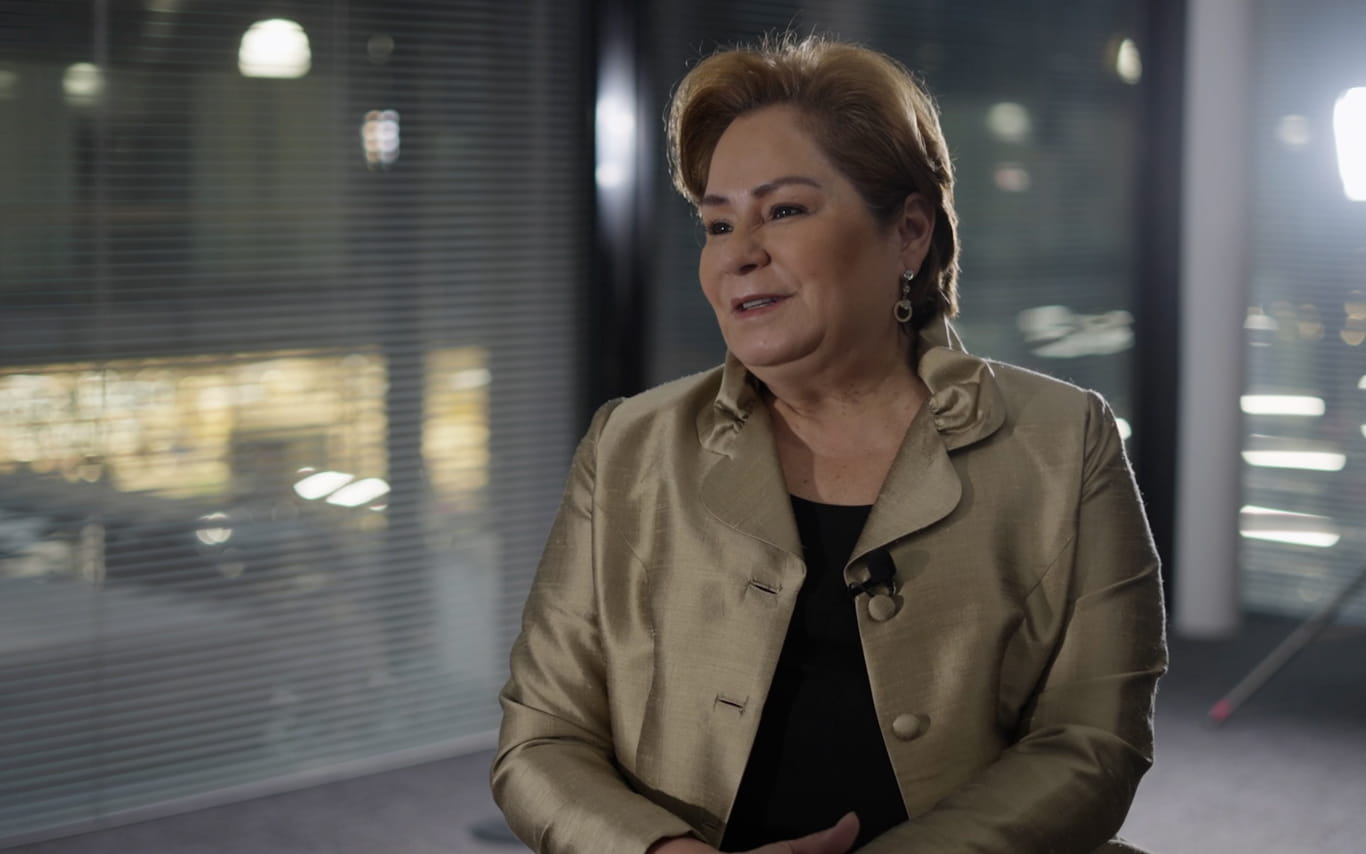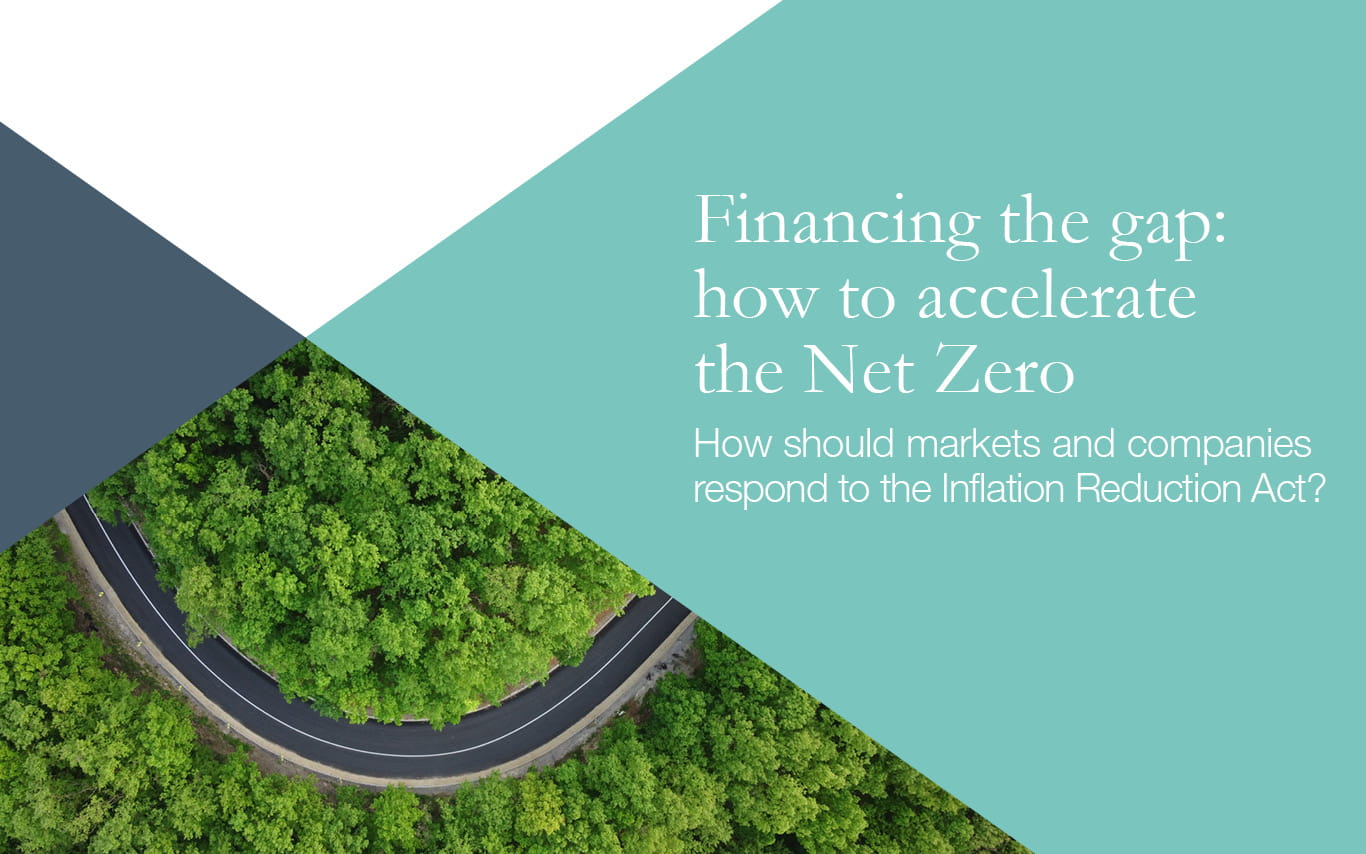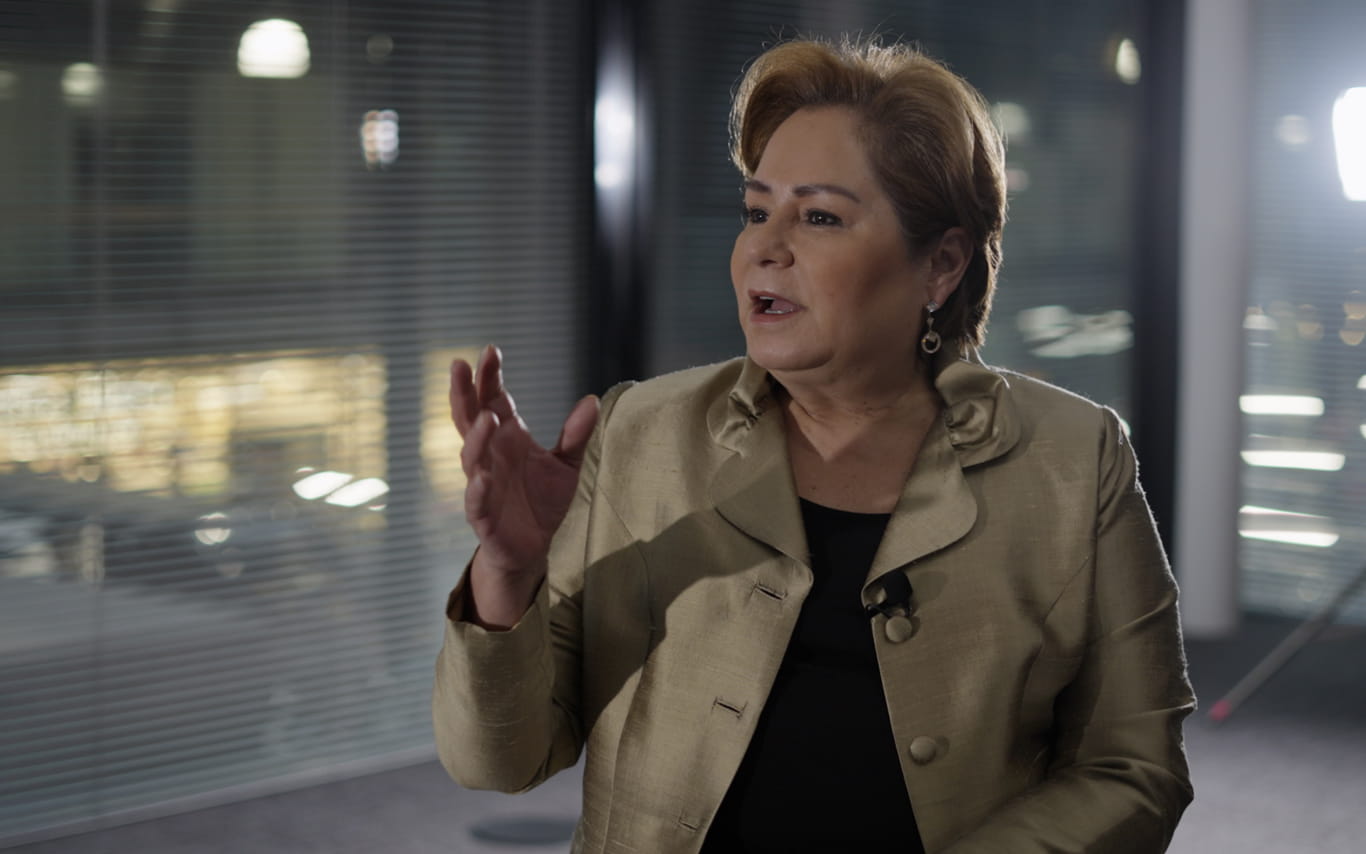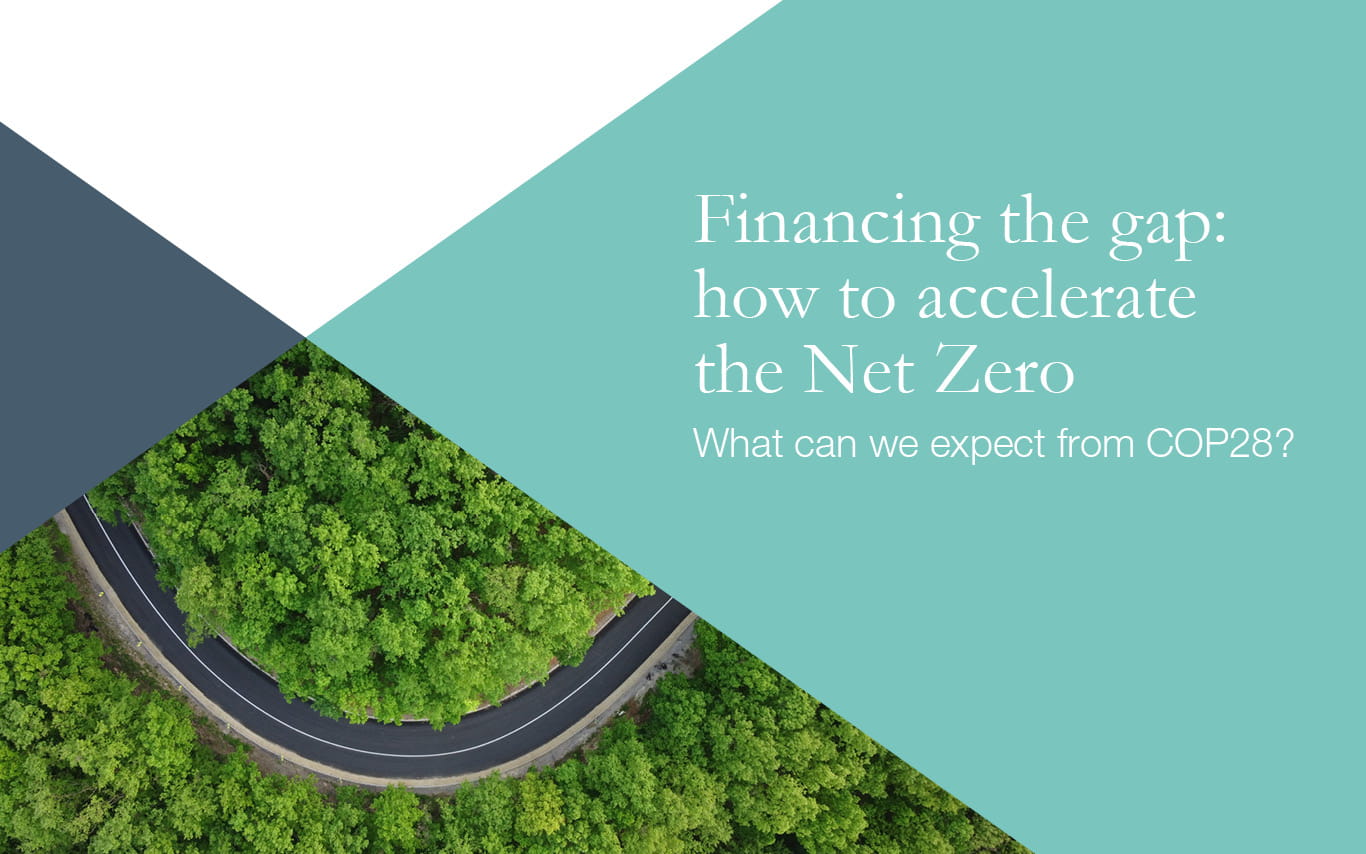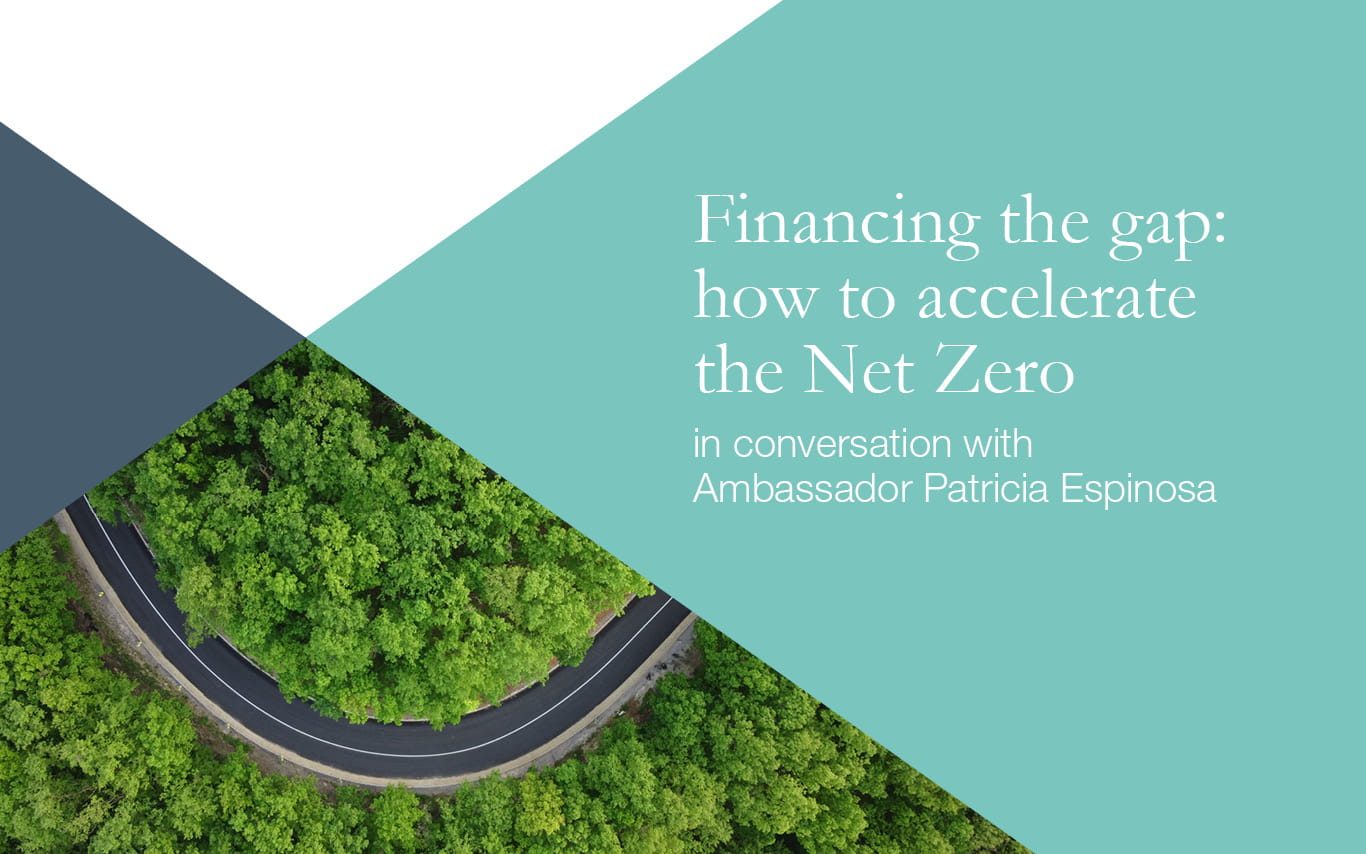Financing the gap: eight thoughts on accelerating the Net Zero transition
Related people




David Lee
Partner
London

Scott Neilson
Partner
Tokyo

Matthew Townsend
Partner, Global Co-Head Environment, Climate and Regulatory Law Group and the International Trade Group
London

Anna Masser
Partner
Frankfurt am Main

Ken Rivlin
Partner, Global Co-Head Environment, Climate and Regulatory Law Group and the International Trade Group
New York

Sally Dewar
CEO, A&O Consulting
London

Gauthier van Thuyne
Partner
Brussels

Kate Sumpter
Partner
London

Bob Penn
Partner
London

George Cannon
Partner
Washington, D.C.

Goran Galic
Partner
Perth
Headlines in this article
Headlines in this article
Related news and insights
Publications: 08 February 2024
Podcast: 2024 Outlook on global ESG and sustainability regulatory developments
Publications: 17 January 2024
Publications: 20 December 2023
The UK gives the green light to a UK CBAM and consults on the UK ETS
We recently welcomed a stellar panel of guests to discuss how to drive more private investment in decarbonisation. Ambassador Patricia Espinosa, former executive secretary of the UN Framework Convention on Climate Change, Mark Dooley, Global Head of Macquarie Asset Management’s Green Investment Group, and Paul Dickinson, founder of the Carbon Disclosure Project, joined David Lee, chair of our projects, energy and infrastructure board, to discuss everything from regulation to the ‘just’ transition. Here is a summary of their conversation.
1. Some of the numbers involved in climate change and the energy transition are almost impossible to comprehend.
This is the largest investment opportunity any of us will see in our lifetimes. There will need to be a global alignment of policy, legislation and international relations in a way that has never been seen before as we move towards Net Zero.
Figures from BloombergNEF (similar to a separate study by McKinsey) estimate that more than USD 4.5 trillion of investment in new physical assets is needed annually between now and 2030 to deliver Net Zero. To put this in context, last year global investment in green energy infrastructure broke the USD 1 trillion mark for the first time.
Quadrupling this figure will be a massive challenge, and every year we miss the target will result in more needing to be spent in subsequent years. We also have to bear in mind that there are forces acting against the Net Zero transition. The war in Ukraine has seen countries – particularly in Europe – urge oil and gas producing nations to increase their output as they look for cheaper, more secure sources of supply.
The layer of greenhouse gases in the Earth’s atmosphere remained largely constant for more than 800,000 years. Then, over the last century, that “blanket” got almost 40% thicker. To put it another way, in one (admittedly long) lifetime, the levels of greenhouse gases wrapping our planet have gone 40% beyond the range established over the previous 8,000 lifetimes.
2. We need much more engagement between policymakers and the private sector to shape new regulations.
There is a sense that governments do not have the expertise to design the type of mechanisms businesses require to accelerate the Net Zero transition as it requires a complete rethink, not just of the energy system but of industry, agriculture, transportation and domestic heating. And without these structures in place, the private sector will not be able to deliver on its climate goals.
However, with such momentum behind the shift - from children striking over extreme weather to the impact of the war in Ukraine on energy prices – there is a feeling that effective policy is within reach, and when it comes it could open the floodgates.
3. Government funding is desperately needed to kick-start the evolution of newer technologies such as hydrogen, CCUS and biogas.
Similar state support a decade ago boosted offshore wind in the UK to the point where the country now has more installed capacity than any nation bar China, which itself supported wind generation capacity through state subsidies.
Once technologies and supply chains are established, developers and investors can use their expertise to build scale and efficiencies, with governments reaping the dividends as costs fall.
Governments also need to focus on things that are within their gift to fix that do not involve funding, such as clearing permitting obstacles for new projects, creating regulations that make it easier to connect new supply to the grid, and doing the “big thinking” to create market mechanisms that enable low carbon energy, rather than fossil fuel power, to set the price of electricity.
The world doesn’t need more regulation – it needs precision regulation that unlocks private funding for the technologies we need to deliver Net Zero rather than supporting investment in green assets that would have happened anyway.
4. The U.S. Inflation Reduction Act – described by our panel as “the single most significant piece of climate-related legislation anywhere in the world” – has the potential to be a “game changer” for these new technologies.
While the scale of the IRA’s incentives for green infrastructure have distorted the market so capital that may previously have been deployed in, say, Europe or Asia is now more likely to flow to the U.S., its potential to drive innovation and economies of scale in green hydrogen and CCUS will be felt globally.
The boldness of the IRA has also brought climate policy to public attention, in contrast to other significant legislative frameworks such as the EU’s Emissions Trading Scheme, which is so technical that it is almost invisible to citizens. At the same time, we are seeing some constituencies in the U.S. fight against the ESG movement, and businesses are losing money amid the backlash.
5. There has been debate about whether the energy transition could be accelerated if national climate targets were legally binding rather than voluntary.
Our experts voiced doubts over whether a formal legal regime was possible, not least due to the lack of a supranational authority to police it.
They also pointed out that government climate policies are being tested through the courts at national level, with NGOs and citizens bringing claims against states using human rights laws, among other things. A balance needs to be drawn between incentivising governments to do more, and creating a hostile, litigious environment in which climate progress stalls.
6. The threat of climate-related litigation is making businesses nervous.
Greenwashing cases are a particular concern, with litigation risk arising from a variety of sources - the perceived adequacy of corporate Net Zero targets, the quality of climate-related financial disclosures, and the veracity of marketing claims around “green” products and services.
Overall, most companies are striving to do the right thing in relation to the environment and are searching for the right language to articulate their efforts to their investors, regulators, NGOs and the broader market. However, litigation risk is making many companies cautious about the information they are putting into the public domain. That said, the threat of being sued and the impact of things such as the Taskforce on Climate Related Financial Disclosures (TCFD) accounting frameworks have been a powerful catalyst for more sustainable corporate behaviour.
7. Delivering a “just” transition – whereby Western countries support developing nations to decarbonise their economies – can have benefits beyond the environment.
As an example, a scheme in India that empowers women to install solar panels to deliver domestic electricity has boosted education by enabling children to work longer into the evening.
8. Critics have questioned whether UAE is a suitable host for the next COP summit in December.
Our panel disagreed. They stressed that an informed, serious conversation about exactly what is required to deliver Net Zero – including the role of fossil fuels - is sorely needed, and that staying within the 1.5C limit (or as close to it as possible) requires all parties to be at the table.
What to expect at COP28 – Ambassador Patricia Espinosa’s guide
Loss and damage
At COP27, parties took the momentous decision to meaningfully address the issue of loss and damage through a new funding facility that will include, in principle, finance coming both from within and outside the UN process. Key tasks now include:
- Formally establishing the new fund.
- Scaling-up finance from multiple actors and sources to ensure the new institution is duly funded.
Mitigation
Many parties felt COP27 was disappointing in terms of emissions reduction. COP28 will therefore focus on:
- Strengthening nationally determined contributions and long-term low emission development strategies.
- Enhancing and accelerating emissions reduction through the mitigation work programme launched last year. The goal is to scale up mitigation ambition and implementation in a manner that complements the global stocktake.
Adaptation
Work is under way to define the global goal for adaptation, identifying the collective needs and solutions for the climate impacts already happening now. Deliberations must be completed in this year, while work is required to:
- Raise the ambition of national adaptation plans and set milestones and timelines for them to ensure they are ready for implementation, reflecting national contexts and establishing stronger connections to the UN Sustainable Development Goals.
- Build coalitions to scale up support for implementation of adaptation in key areas and systems, including the private sector, in addition to funding under the UNFCCC.
Finance
Current levels of climate finance are a fraction of what is needed. Key tasks now include:
- Delivering the USD 100 billion goal per year for developing nations that was pledged over a decade ago. This is critical to maintain trust.
- Make credible progress on the new collective quantified goal on climate finance and the doubling of adaptation finance by 2025 from the 2019 baseline.
- Enhance the role of MDBs and other multilateral institutions in accelerating the mobilization of financial resources to support developing countries’ implementation of NDCs and other climate-related strategies.
The full interview with Ambassador Patricia Espinosa can be watched below.


